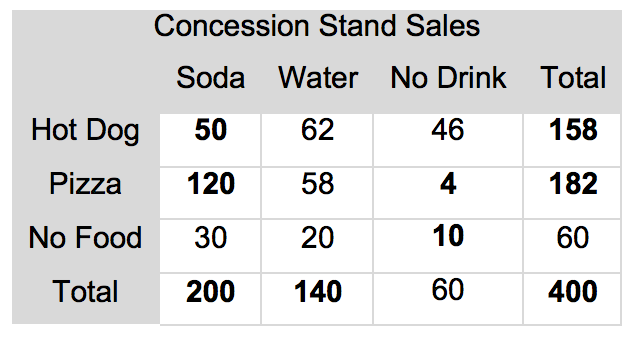

SD_1 = c( sd(educ $peer), sd(educ $doc_accept), sd(educ $enroll)), M_1 = c( mean(educ $peer), mean(educ $doc_accept), mean(educ $enroll)), We do this manually to illustrate use of the ame() function to set up a data frame. To begin we will set up a data frame that includes the information from the table. Here is a sketch of what the table should look like: Furthermore, we want these for both the raw (untransformed) and log-transformed versions of these variables. Say we wanted to produce a table of means and standard deviations for the variables: peer, doc_accept, and enroll. # Load libraries library(AICcmodavg)Įd = read_csv( file = "~/Documents/github/epsy-8252/data/ed-schools-2018.csv") These data include institutional-level attributes for several graduate education schools/programs rated by U.S. To do so, I will use data from ed-schools-2018.csv file (see the data codebook here). Below I will create and format a couple different common tables produced for statistical reports. A data frame can either be created as the ouput of a function or directly using the ame() function. This data frame will include the primary contents for you table. The primary input to the kable() function is a data frame. For complete APA formatting check out the papaja package. Other packages for formatting tables, among others, include the gt package, the huxtable package, and the expss package. The kable() function from the knitr package and.There are several packages that help in this endeavor when working in an Rmarkdown document. Often it is useful to format table output to make it look good or to adhere a particular style (e.g., APA). popular-classroom.csv and popular-student.csv.netherlands-students.csv and netherlands-schools.csv.nba-player-data.csv and nba-team-data.csv.11 Linear Mixed-Effects Models: Longitudinal Analysis.10 Linear Mixed-Effects Models: Alternative Representations and Assumptions.9 Linear Mixed-Effects Models: Cross-Sectional Analysis.8.6 Example 2: Life Satisfaction of NBA Players.8.5 Fitting the Mixed-Effects Regression Model in Practice.8.4 Conceptual Idea of Mixed-Effects Models.


4.4 Using the \(t\)-Distribution in Regression.4.2.3 Cumulative Density and \(p\)-Value.4.2.1 Other Useful R Functions for Working with Probability Distributions.Log Transformations: Some Final Thoughts.3.9 Multiple Regression: Interaction Model.3.8 Multiple Regression: Main Effects Model.3.7 Relationship between MPAA Rating and Budget.3.5.3 Approximate Interpretation of the Slope.3.5.2 Substituting in Values for Age to Interpret Effects.3.5.1 Back-Transforming: A More Useful Interpretation.3.4 Re-analyze using the Log-Transformed Budget.3.3 Transform the Outcome Using the Natural Logarithm (Base-e).3.2 Examine Relationship between Age and Budget.3 Nonlinearity: Log-Transforming the Outcome.2.9 Polynomial Effects vs. Log-Transformations.2.7.1 Using the Natural Logarithm in a Regression Model.2.7 Base- \(e\) Logarithm: The Natural Logarithm.2.6.1 Comparing the Output from the Two Bases.2.6 Different Base Values in the Logarithm.2.4 Alternative Method of Fitting the Model.2.3.3 Better Interpretations: Back-transforming.2.3.1 Examine the Assumption of Linearity.2 Nonlinearity: Log-Transforming the Predictor.


 0 kommentar(er)
0 kommentar(er)
